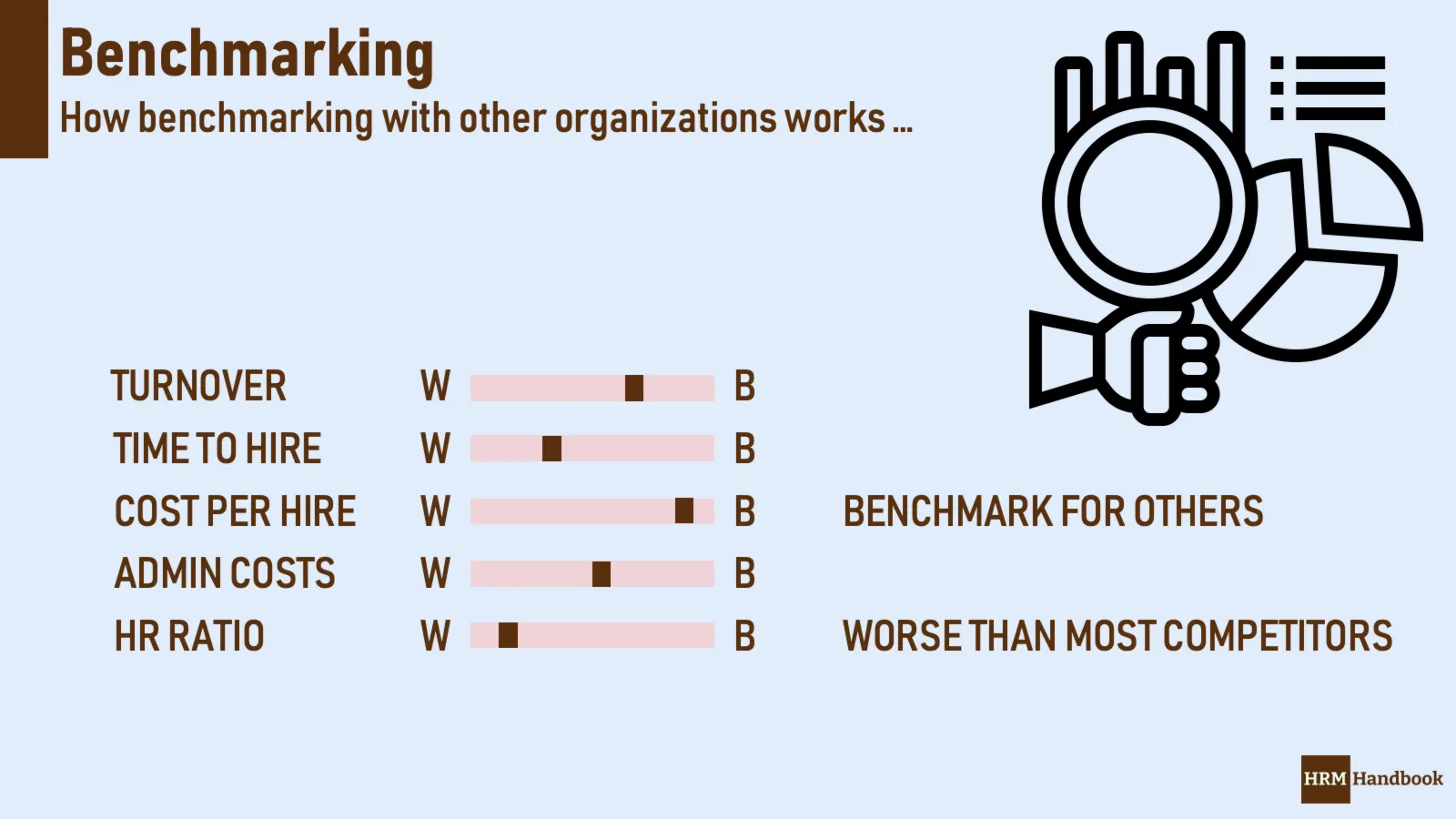Benchmarking
Benchmarking is generally the process of comparing processes, activities, organisational structure, costs and benefits, both internally and externally, and using a specialised methodology to ensure comparable results. It is a useful activity that helps to identify weaknesses (as well as strengths) in an organisation that need to be addressed to ensure increased efficiency and productivity. Many corporations engage in internal benchmarking on a regular basis to discover which parts of the company are performing best among comparable departments and to transfer their experience as best practice.
The intent of benchmarking is to compare your own operations with your competitors and generate ideas for improving processes, approaches and technologies to reduce costs, increase profits and strengthen customer loyalty and satisfaction. Benchmarking is an important part of continuous improvement and quality initiatives, including Six Sigma.
However, Six Sigma methodology has seen its best days, as it often led to very opaque projects that often ended up requiring lengthy and detailed process performance measurement.

There are a number of basic reasons and causes why companies engage in benchmarking:
- The most common impetus for benchmarking is the internal view that a particular process or approach can be improved. Organisations collect data on their own performance at different points in time and under different circumstances and identify gaps or areas that need to be strengthened.
- Many organizations benchmark themselves against competitors in an effort to identify and eliminate gaps in service or product delivery or to gain a competitive advantage. The data collected as part of a competitive benchmarking initiative offers specific insight into the processes and mindset of competitors.
- The term strategic benchmarking is used to describe a situation where a company is interested in comparing its performance to best-in-class or what is considered world-class performance. This process often involves looking outside the firm’s core industry at firms that are known for their success in a particular function or process.
Limitations of internal benchmarking
While it is important to measure and monitor the performance of all critical business processes, organizations should be wary of taking measures based solely on an internal or isolated view of their operations. A company that is self-absorbed can easily lose sight of competition and innovation in the wider world and changing customer demands.
Internal benchmarking is useful when, for example, the Human Resources department is in all countries. It is then useful to do a detailed comparison of all departments once in a while to identify best practices and then implement these in other markets. However, you always need to ensure that you are comparing comparables and not skewing the results by trying to look better.
Strategic benchmarking
Looking outside of your own industry for best-in-class performance of certain processes or functions is an excellent way to challenge a company to re-evaluate long-term assumptions and practices. The company is then able to set a target for what level it wants to get to. And it can always be confident that someone else in the market has already reached that level of performance.
Southwest Airlines, for example, has become famous for analyzing the processes, attitudes, and speed of pit crews in auto racing to get ideas for improving the turnaround time of its planes at the gate. The result of this benchmarking study reportedly helped Southwest reconfigure its maintenance, cleaning, and customer loading at the gate, saving millions of dollars annually.
Benchmarking in Human Resources
It is quite common in HR to conduct regular benchmarking. It is typical for departments to have market standards for how many employees should be handled per HR (administrative support), how many employees should be handled per payroll clerk.
It is also common that there are standards for how many employees there should be per HR Business Partner, although there is quite a wide spectrum here as it very much depends on what the workforce structure of the company is.
But by far the most common is benchmarking in Compensation. Regular salary surveys are nothing more than benchmarking against the market.